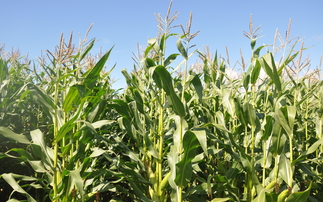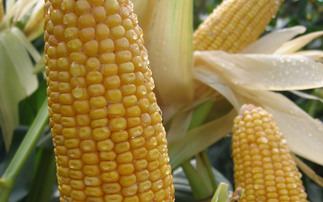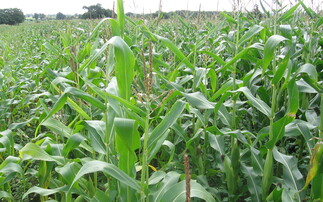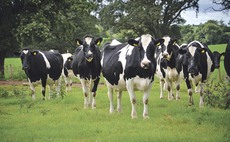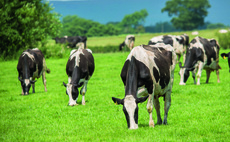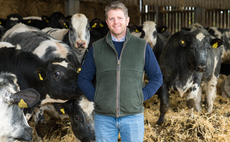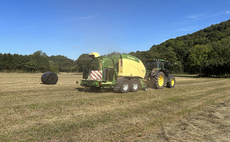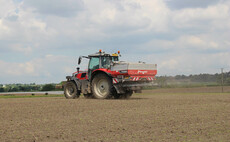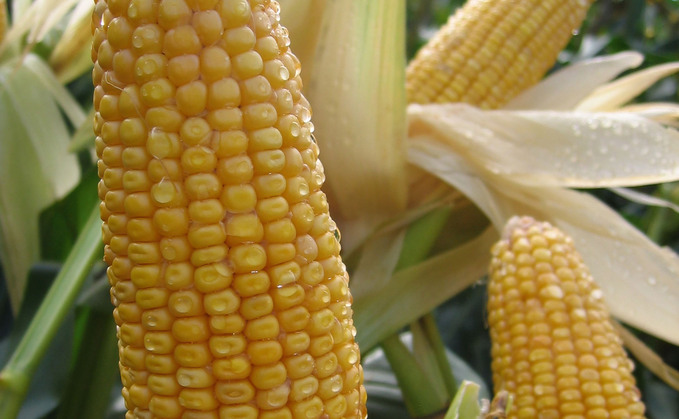
Maize is an expensive crop but a very valuable one too, so it is important to make the right decisions at every stage of establishment, growth and harvesting to maximise potential.
This is according to Tim Richmond, Maize Manager with Limagrain UK who says correct timing of harvest is one of the most important factors influencing the quality of maize silage.
"Balancing optimum dry matter (DM) and plant quality by harvesting when the plant is still green but the grain is sufficiently ripe is key. DM should be between 30 and 35 percent and starch content around 30 percent.
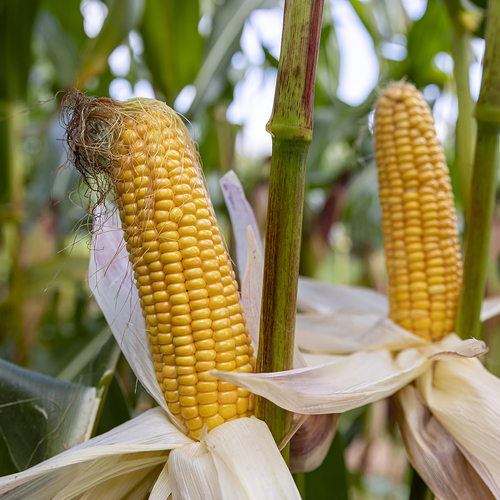
"Limagrain's Maize Manager phone app helps growers with practical guidance on how to assess ripeness of maize crops by assessing moisture levels in the maize stem and the grain kernels.
"Ideally, maize crops should be harvested in September if they have reached sufficient maturity. An early harvest reduces the risk of encountering poor weather meaning ground conditions are dry and adverse environmental impacts can be avoided.
"An early harvest will allow sufficient time to establish another crop afterwards, such as a winter cereal, a cover crop or a grass ley. Forage rye is another popular option as it starts growing early in the spring and gives excellent yields when harvested prior to drilling maize.
"The Sustainable Farming Incentive in England now offers a payment of £203 per hectare for the SOH4 Winter cover following maize crops action. This is another reason to ensure maize crops are harvested promptly so a cover crop can be successfully established before the winter.
"Choosing the right early maturing maize variety in the first place is crucial to achieving a timely harvest. There is no longer a yield penalty with newer early harvested maize varieties and starch content and digestibility are equally impressive.
"Our trials show that Dignity, a new LG early maturing variety has the potential to produce 2,500k MJ per hectare. This is 216k MJ/ha more than the non LG alternative varieties on the recommended list.
"When converted to potential extra milk value per hectare at a value of £0.35/litre, this equates to an extra £870/ha which translates into a saving of £364/ha in saved concentrate feed costs," Mr Richmond advises.

Ensuring the maize crop is conserved efficiently is as important as variety choice in terms of the amount of energy, and therefore the quantity of milk, potentially obtainable from a hectare of maize.
Volac silage expert, Peter Smith cautions that otherwise, a proportion of the milk-producing potential of maize may be lost:
"Allowing inefficient bacteria, yeasts and moulds to feed on maize silage can deplete its energy significantly, because they feed on sugars and starches first.
"As well as practices such as ensuring airtight clamps, additive choice is important because it is vital to stop all three of these unwanted microbes from growing. This is why Volac developed Ecocool specifically for maize silage.
"Taking a figure of enough energy in a hectare of fresh maize to produce more than £10,000 worth of milk, assuming animal maintenance has already been met, the cost of preserving with Ecocool represents much less than 0.25 percent of the relative milk value.
"With the drive to farm sustainably, it is important to think of a proven additive as key to protecting hard-earned milk output, rather than simply as an extra cost," Mr Smith adds.






